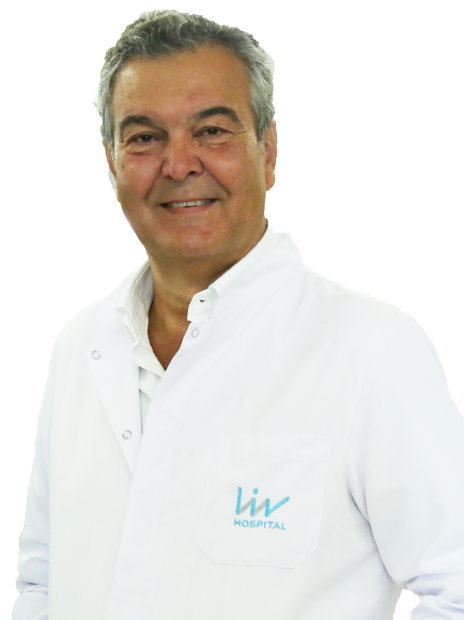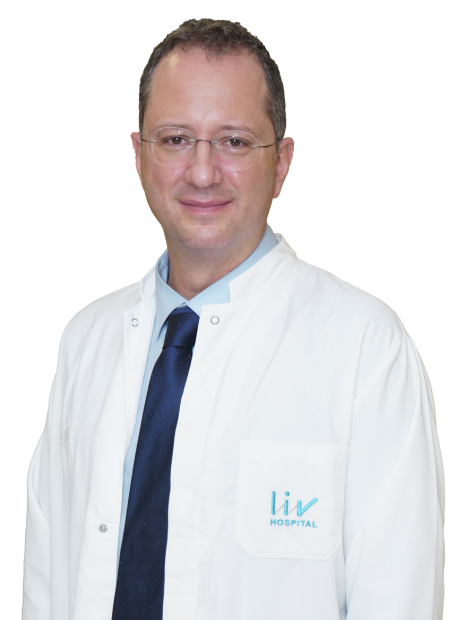What Is Vascular Surgery? Understanding Vascular & Endovascular Care
Vascular surgery is a medical specialty that diagnoses and treats diseases of the blood vessels, including arteries, veins, and lymphatics, except those in the heart and brain.
If you have poor circulation, blocked leg arteries (peripheral arterial disease or PAD), an aneurysm, narrowing of the carotid artery, or painful varicose veins, vascular care can restore blood flow, ease symptoms, prevent problems, and improve your quality of life.
Today, vascular care uses both traditional open surgery and less invasive endovascular procedures through small punctures. Many conditions are treated with same day procedures and care plans that combine lifestyle changes, medication when needed, and procedures only if necessary.
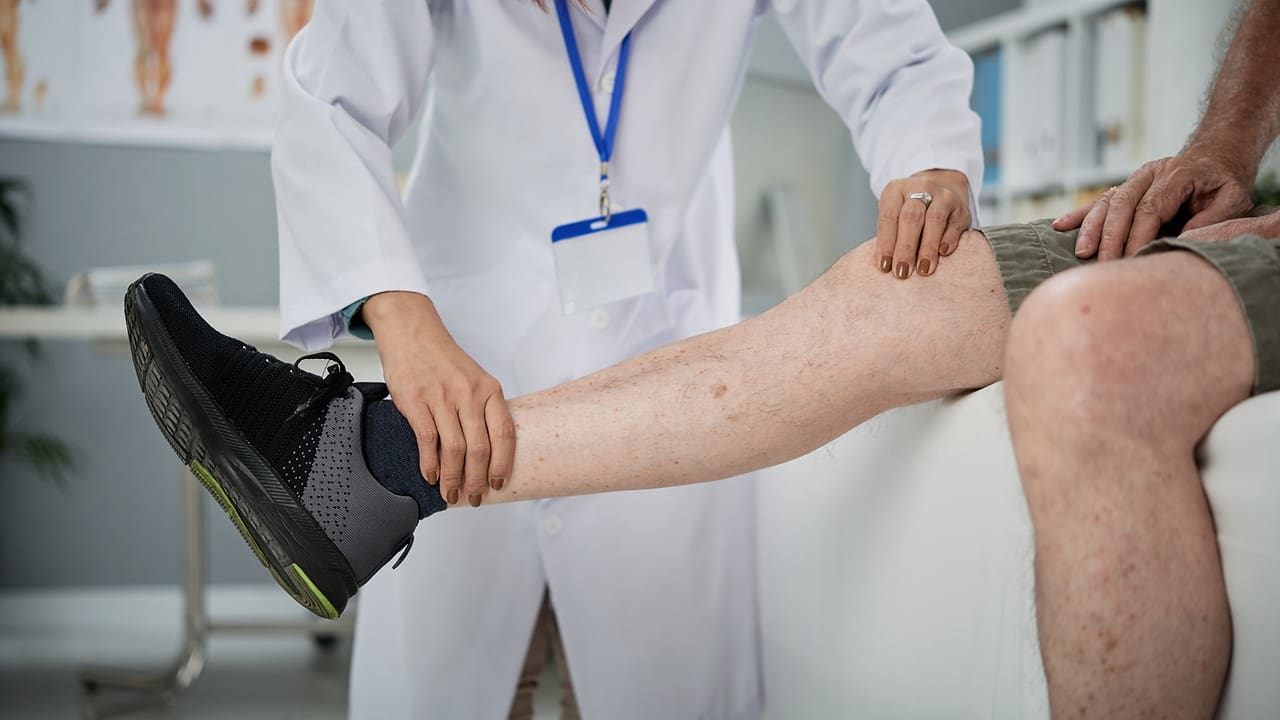
Common signs that you should get checked include leg pain or cramps when walking, heavy or swollen legs, changes in skin color, wounds on your toes or feet that do not heal, bulging veins that hurt, and new numbness or weakness caused by poor circulation.
If you have wondered “what is vascular surgery” or “what is vascular surgery for,” the main idea is that it treats blood flow problems so your body’s tissues get enough oxygen and nutrients.
How Serious Is Vascular Surgery? Risks, Safety, and Success Rates
The seriousness depends on your diagnosis and the type of procedure. Endovascular treatments for PAD or varicose veins are often outpatient with quick recovery, while open operations, such as some aneurysm repairs, are more extensive.
Across all options, your team focuses on safety: careful imaging, optimized medical therapy, sterile technique, and structured aftercare.
Potential risks include bleeding, bruising, infection, clotting, contrast reactions, and re-narrowing of treated arteries (restenosis).
Health conditions like diabetes, kidney disease, heart disease, and smoking history also influence outcomes and healing. Success rates are high for many common procedures when combined with risk factor control (blood pressure, cholesterol, blood sugar), walking programs, and consistent follow up. Your care plan will explain individual benefits and risks so you can make a confident decision.
What Does Vascular Surgery Entail ? Common Procedures and Indications
Vascular care offers a variety of procedures designed to meet your specific needs.
Arterial (PAD) treatments
* Angioplasty and stenting use a small balloon to widen a narrowed artery, and a stent can help keep it open.
* Atherectomy uses special tools to remove plaque and improve blood flow.
* Endarterectomy, often done on arteries like the carotid, removes plaque through surgery to lower the risk of stroke.
Aneurysm care
* Endovascular aneurysm repair (EVAR) or thoracic EVAR (TEVAR) involves placing stent grafts inside the artery to treat the aneurysm.
* Open aneurysm repair is a long-lasting option for certain patients, depending on their anatomy.
Vein treatments

* For varicose veins, treatments like thermal ablation (using radiofrequency or laser), foam sclerotherapy, or phlebectomy can help with bulging veins that cause pain, swelling, or skin changes.
Bypass surgery
* Vascular bypass surgery creates a new path around a blockage, using a graft or your own vein to restore blood flow when less invasive treatments are not enough.
Endovascular vs. Open Vascular Surgery: What’s the Difference?
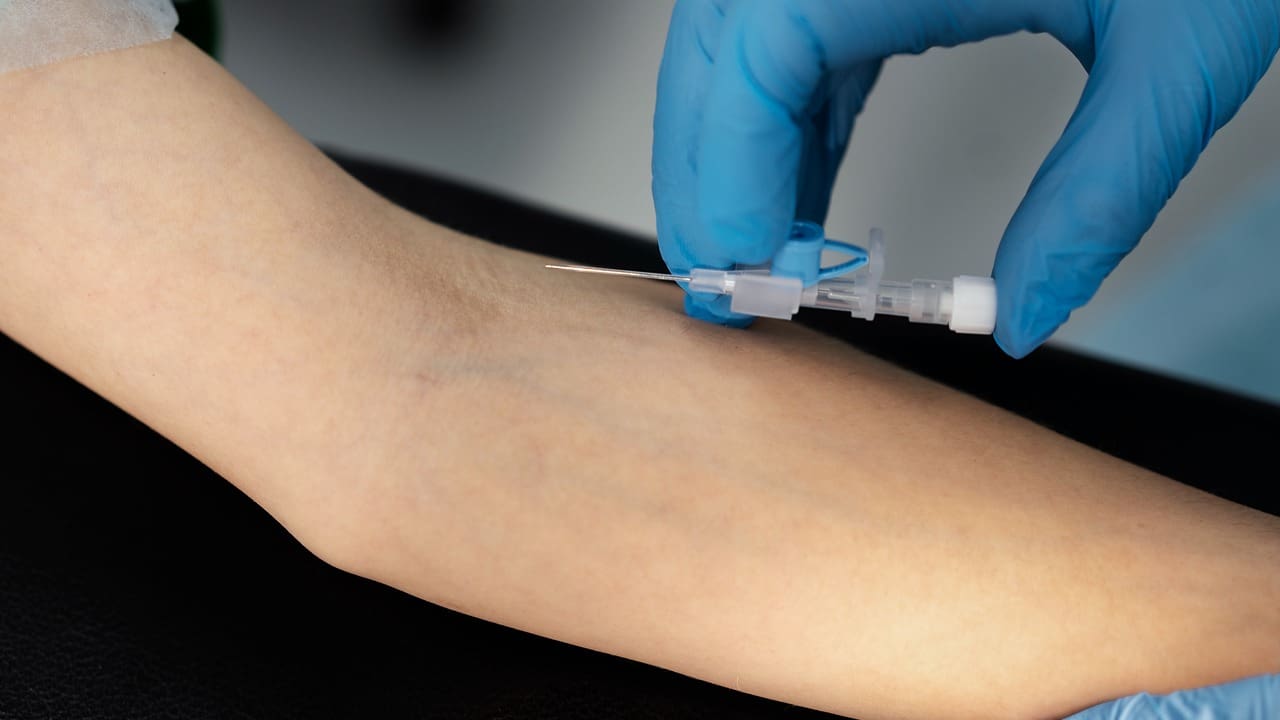
- Anatomy and severity of blockages or aneurysm size/location
- Tissue quality and presence of calcification
- Your overall health and goals
- Long-term durability needs vs. recovery speed
What to Expect at a Vascular Surgery Appointment ?
Your first visit focuses on your story: when symptoms started, what makes them better or worse, and how they affect daily life.
Expect a focused exam and targeted tests such as:
• Ankle Brachial Index (ABI) and toe pressures to measure leg circulation
• Duplex ultrasound to visualize blood flow in arteries or veins
• CT angiography or MR angiography for detailed vessel mapping when needed
• Vein reflux studies for varicose or chronic venous insufficiency symptoms
How Long Does Vascular Surgery Take and What Is the Recovery Time?
Procedure times vary:
* Endovascular angioplasty/stenting for PAD: often 30–120 minutes, typically same day discharge.
* Varicose vein ablation or foam sclerotherapy: commonly under 60 minutes, walk-in/walk-out care.
* Carotid endarterectomy or EVAR: a few hours, including preparation and recovery.
* Open bypass or open aneurysm repair: several hours, with a hospital stay.
Recovery depends on the procedure and your health:
* Endovascular procedures: return to light activity within days; full activity usually in 1–2 weeks.
* Vein procedures: walking the same day is encouraged; compression stockings may be advised.
* Bypass or open repairs: a longer recovery with wound care, gradual activity increase, and close follow up.
Is Vascular Leg Surgery Dangerous? PAD and Varicose Veins Explained
What Is Vascular Bypass Surgery and When Is It Necessary?
Long or heavily calcified blockages limit endovascular success, Previous endovascular treatments have failed, or Durability is the priority for limb-threatening ischemia.
Can You Fly or Drive After Vascular Surgery? Recovery & Travel Guide
Driving: After endovascular or vein procedures, many patients resume short drives within 24–72 hours if they’re off sedatives and feel steady. After open surgery, your team will advise a longer interval to protect incisions and ensure safe reaction times.
Flying: You may be able to take short flights within 1 to 2 weeks after a minimally invasive procedure, once your doctor says it is safe. For longer flights, take extra steps, such as walking up and down the aisle, drinking plenty of water, and using compression if your doctor recommends it.
Activity: Start walking early to improve circulation and reduce the risk of blood clots. Do not lift heavy objects until your doctor says it is okay. Be sure to follow all instructions for your medicine, wound care, and compression.
These timelines can be different for each person, so always follow the specific advice and precautions your care team gives you when you leave the hospital.
Does Insurance or Medicare Cover Vascular Surgery ? Costs & Coverage Basics
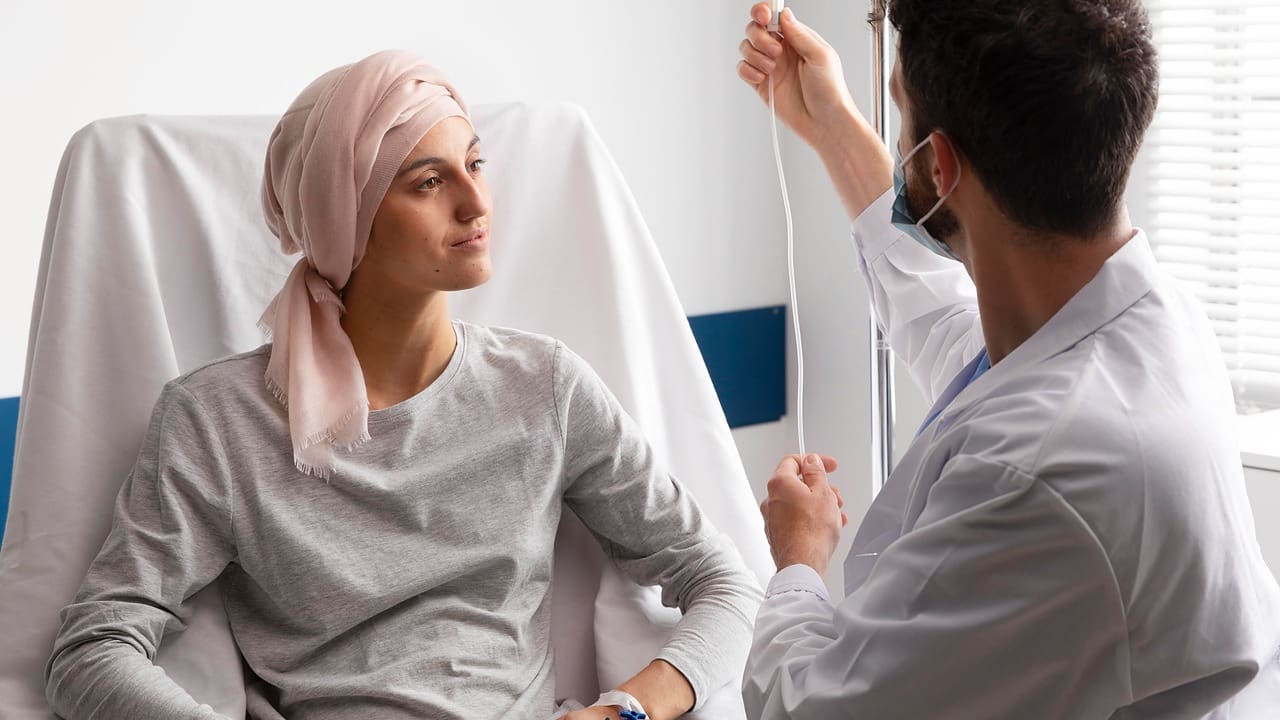
Many medically necessary vascular procedures are covered by insurance plans, including Medicare. Coverage typically depends on your diagnosis, symptom severity, imaging results, and whether conservative measures were tried when appropriate.
Your clinic team will:
• Verify benefits and prior authorizations,
• Explain expected out of pocket costs (copays, coinsurance, deductibles),
• Provide a cost estimate for common procedures (for example, endovascular angioplasty/stenting, EVAR, or varicose vein treatments when medically necessary).
Aftercare: How to Protect Your Results ?
- Walk daily; gradually increase distance and pace.
- Take medications exactly as prescribed (for example, antiplatelet/anticoagulant therapy when indicated).
- Stop smoking and manage blood pressure, cholesterol, and diabetes.
- Use compression stockings as recommended for vein disease.
- Keep follow up appointments and surveillance ultrasounds to monitor treated vessels or bypasses.
- Watch for warning signs: increasing pain, new numbness, color change, fever, drainage, or swelling report promptly.
Liv Hospital Vascular Surgery Clinic
Liv Hospital Vascular Surgery Clinic offers the latest technological methods for the treatment of wounds related to vascular diseases and treatment with specialist doctors in their field.
Vascular Surgery and Varicose Vein Treatment Vascular surgery, is a surgical specialty that deals with vascular diseases. Vascular surgeons treat problems related to all vessels, such as arteries, veins, and lymphatic vessels. There are many methods used for the treatment of varicose veins in the medical world. Open surgery, laser therapy, radiofrequency ablation, and foam therapy are among the treatments used for this disease. Liv Hospital Vascular Surgery Clinic provides services to its patients by using all these methods.
For more information about our academic and training initiatives, visit Liv Hospital Academy .
Frequently Asked Questions for Vascular Surgery
What is vascular and endovascular surgery?
Vascular surgery treats diseases of arteries and veins; endovascular surgery uses minimally invasive, catheter based techniques inside the vessel. Many conditions can be managed endovascularly with shorter recovery, while open surgery remains important for certain anatomies.
Is vascular surgery dangerous or high risk?
Risk varies by procedure and health status. Endovascular treatments are generally lower risk with faster recovery. Open operations are more extensive but sometimes offer durable solutions. Your team will personalize risk benefit details for your case.
What happens at a vascular surgery appointment?
You’ll review symptoms, undergo a focused exam, and have targeted tests such as ABI, duplex ultrasound, or CT/MR angiography, if needed. You’ll receive a clear, step by step care plan.
How long does vascular surgery take?
Many endovascular procedures take 30–120 minutes, while open repairs may take several hours. Your exact time includes preparation and recovery room monitoring.
What is the recovery time for vascular surgery?
Endovascular and vein procedures often allow return to light activity within days; open bypass and aneurysm repairs require a longer recovery with close follow up.
Is vascular leg surgery dangerous?
All procedures carry risk, but treating PAD or severe vein disease usually improves circulation, reduces symptoms, and helps prevent complications. Safety planning and aftercare further reduce risks.
What is vascular bypass surgery?
It’s a procedure that reroutes blood around a blocked artery using a graft or vein. It’s considered when endovascular options aren’t adequate or long term durability is the priority.
